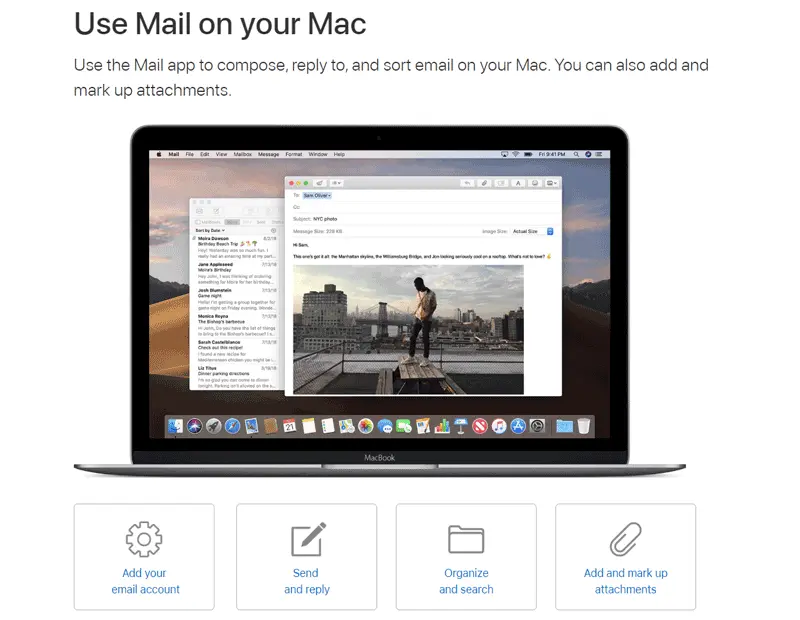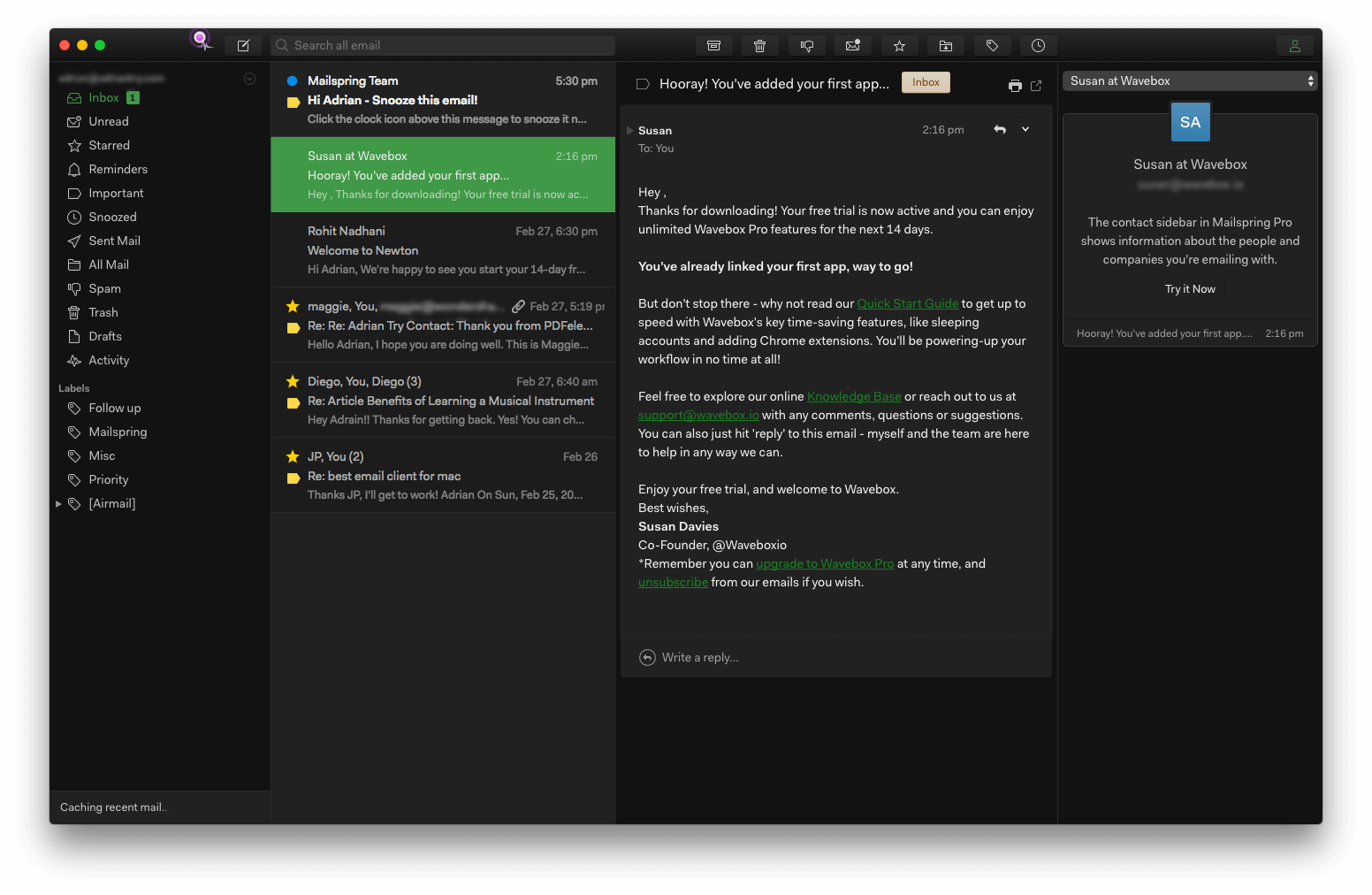

If their client supports the flowed format, the lines will be rewrapped to your screen width. Unless you have text that requires wrapping at specific line lengths, they will see what you sent. > it means the person on the other end will not see exactly what you sent. Whether those lines have a single trailing whitespace character or not shouldn't make a difference in terms of quoting the original text. When you reply to an email, the MUA should prefix each line in the body of the original message with a > character. > it makes it harder to quote and reply to emails It shouldn't break them if the client applies the signature itself. That is, no problems with line wrap or other rendering issues (either when looking at it in Thunderbird's view pane or looking at the raw message text).

I never noticed any issues when viewing posts I made or other posts that were descendants of my posts. I participated in many lengthy discussions in deeply nested threads on usenet with an email client (Thunderbird) that had format=flowed enabled for the text/plain posts that I was sending. > intermixing mail clients that handle it with those that don't (or have been intentionally configured to ignore it because it mangles mails) produces poor results How, unless the MUA is modifying quoted text beyond prefixing each line with >. That's the worst possible situation, and not found to be good by any reading research (on paper or screen). > Instead of being fixed width the text should be reflowed to properly fill the viewing window.

That's invariant to how more wide a screen one has (or to whether the "text" looks not wide enough compared to the screen), and based on how far the eyes should go to read something, and whether the reader loses their place (line they are in etc) by the time the roll back and forth at the end of a line to start the new one. The advice given wasn't based on the technology of the era, but on the optimal line length for reading in general. With modern 16:9 ratio screens 66 character line lengths can seem extremely short and require unnecessary vertical scrolling to view a message with such line length. In 2005 many displays were still 4:3 ratio and this advice more applicable. "The Elements of Typographic Style Applied to the Web" was originally released in 2005 and I'm afraid some of the advice may be stuck there.


 0 kommentar(er)
0 kommentar(er)
